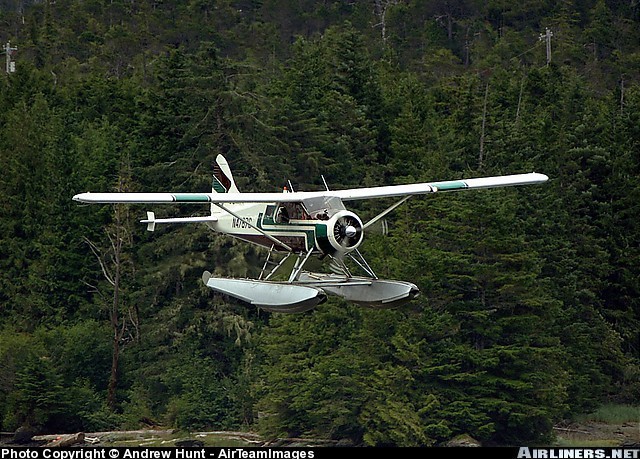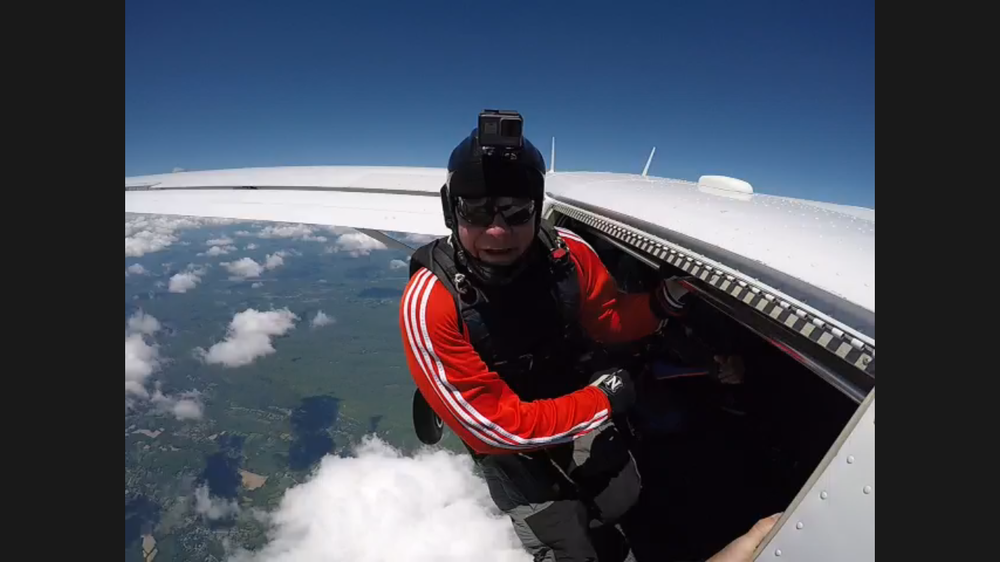Recommended Posts
vpjr 1
Your right I dont see Hot section inspection in 91.409
RMURRAY 1
here is a link to FAQ and an explanation why they picked the engine over P&W....
http://www.texasturbines.com/caravan/ttci_faq_c.htm#20
6. Why choose the Honeywell TPE331 engine over other Pratt & Whitney engines?
Texas Turbines spent an extensive amount of time researching the best engine to mate to the Cessna Caravan. We considered several engines and knew that it would be an easier sell to put another Pratt and Whitney engine on the airplane, but we could not justify a PT6 when the TPE331-12JR beat the engine in all operating aspects. The following engines were considered:
Pratt & Whitney: PT6A-135A, PT6A-34, and the PT6A-42A
Honeywell: TPE331-10 and TPE331-12JR
The PT6A-34 and PT6A-135A were ruled out early for a multitude of reasons. The -34 was eliminated because of the higher prop rpm and noise level for takeoff, dual exhaust issue, and the lower thermodynamic rating as compared to the -114A, although it did have a higher gearbox limit (750 shp). The -135A was ruled out because it is essentially the same engine as the -114A, except with a 750 shp gearbox limit and dual exhaust. Thermodynamically the -135A has the same power as the -114A at altitude unless you want to run it hotter, which will cost more to overhaul if it makes it there. There have already been enough CT blade issues with the PT6 engine. Running the engine hotter will only cause more issues.
The PT6A-42A was ruled out mainly because of the operating cost. The Honeywell TPE331-10 and -12 engines can typically be operated less than the PT6A-114A on the same TBO. The dual exhaust, specific fuel consumption, and 850 shp gearbox limit were other contributing factors.
The Honeywell TPE331 engine was chosen for superior fuel specifics, faster power response, higher base TBO, and lower operating cost per horsepower. The engine has proven its reliability in commercial operations around the world and has an in-flight shutdown rate as good, or better, than any engine on the market today. It just makes economic and pilot sense to choose the TPE331-12JR to power the Caravan.
http://www.texasturbines.com/caravan/ttci_faq_c.htm#20
6. Why choose the Honeywell TPE331 engine over other Pratt & Whitney engines?
Texas Turbines spent an extensive amount of time researching the best engine to mate to the Cessna Caravan. We considered several engines and knew that it would be an easier sell to put another Pratt and Whitney engine on the airplane, but we could not justify a PT6 when the TPE331-12JR beat the engine in all operating aspects. The following engines were considered:
Pratt & Whitney: PT6A-135A, PT6A-34, and the PT6A-42A
Honeywell: TPE331-10 and TPE331-12JR
The PT6A-34 and PT6A-135A were ruled out early for a multitude of reasons. The -34 was eliminated because of the higher prop rpm and noise level for takeoff, dual exhaust issue, and the lower thermodynamic rating as compared to the -114A, although it did have a higher gearbox limit (750 shp). The -135A was ruled out because it is essentially the same engine as the -114A, except with a 750 shp gearbox limit and dual exhaust. Thermodynamically the -135A has the same power as the -114A at altitude unless you want to run it hotter, which will cost more to overhaul if it makes it there. There have already been enough CT blade issues with the PT6 engine. Running the engine hotter will only cause more issues.
The PT6A-42A was ruled out mainly because of the operating cost. The Honeywell TPE331-10 and -12 engines can typically be operated less than the PT6A-114A on the same TBO. The dual exhaust, specific fuel consumption, and 850 shp gearbox limit were other contributing factors.
The Honeywell TPE331 engine was chosen for superior fuel specifics, faster power response, higher base TBO, and lower operating cost per horsepower. The engine has proven its reliability in commercial operations around the world and has an in-flight shutdown rate as good, or better, than any engine on the market today. It just makes economic and pilot sense to choose the TPE331-12JR to power the Caravan.
You are correct. Sky's The Limits' Grand Caravan is there now being converted and will in Toronto with Jason flying next month.
riggerrob 558
Texas Turbines has been converting single-engined Otters - with Garrett engines - for about a decade now.
The problem started with the basic design of the dHC-3 single-engined Otter. Great airframe for short lake take-offs and landings, but it never had enough horsepower to climb out of mountain valleys surrounding small lakes.
Now that the original 650 horsepower radial engines are 60-plus years old, reliability is also a problem.
The first attempt at re-engining Otters involved installing 1,000 horsepower PZL radial engines made in Poland.
Single-engined Otters have also been "turbinized" with Pratt & Whitney turbines and Walter turbines.
Just the other day, I was watching turbine (P&W) single Otters land and take off from Vancouver harbour.
The problem started with the basic design of the dHC-3 single-engined Otter. Great airframe for short lake take-offs and landings, but it never had enough horsepower to climb out of mountain valleys surrounding small lakes.
Now that the original 650 horsepower radial engines are 60-plus years old, reliability is also a problem.
The first attempt at re-engining Otters involved installing 1,000 horsepower PZL radial engines made in Poland.
Single-engined Otters have also been "turbinized" with Pratt & Whitney turbines and Walter turbines.
Just the other day, I was watching turbine (P&W) single Otters land and take off from Vancouver harbour.




Under a standard TBO, 3600 hours for a Pratt & 3000 hours for a Garrett, the Hot Section Inspection requirement is 1/2 the TBO. 1800 for the Pratt & 1500 for the Garrett. No start or cycle requirements.
For operators that have received a TBO extension the Hot Section Inspection requirements are closer together. It depends on their approval. So, for an operator that gets an extension to 10,000 hours, they may be doing a HSI, Hot Section Inspection, every 800 hours.
The company that I work for, Part 135, has an On Condition Program for our -34s & -135s. We have no TBO. We can run the engines for as long as we want, changing Life Limited components of course.
To do so, though, we have to do borescope inspection of the Hot Section, which is the same as splitting the engine, every 400 hours.
An A&P can due a Hot Section on a Garrett. If they have the money they can buy all the tools the need.
I would make sure that that A&P has lots of experience on Garretts before I let them dig into it.
There is no requirement under Part 91 to comply with Hot Section Inspections. It is a manufactures requirement. Under Part 91 (i.e. Skydiving, General Aviation) you do have to comply with all life limts. TBO is not a life limit.
Share this post
Link to post
Share on other sites